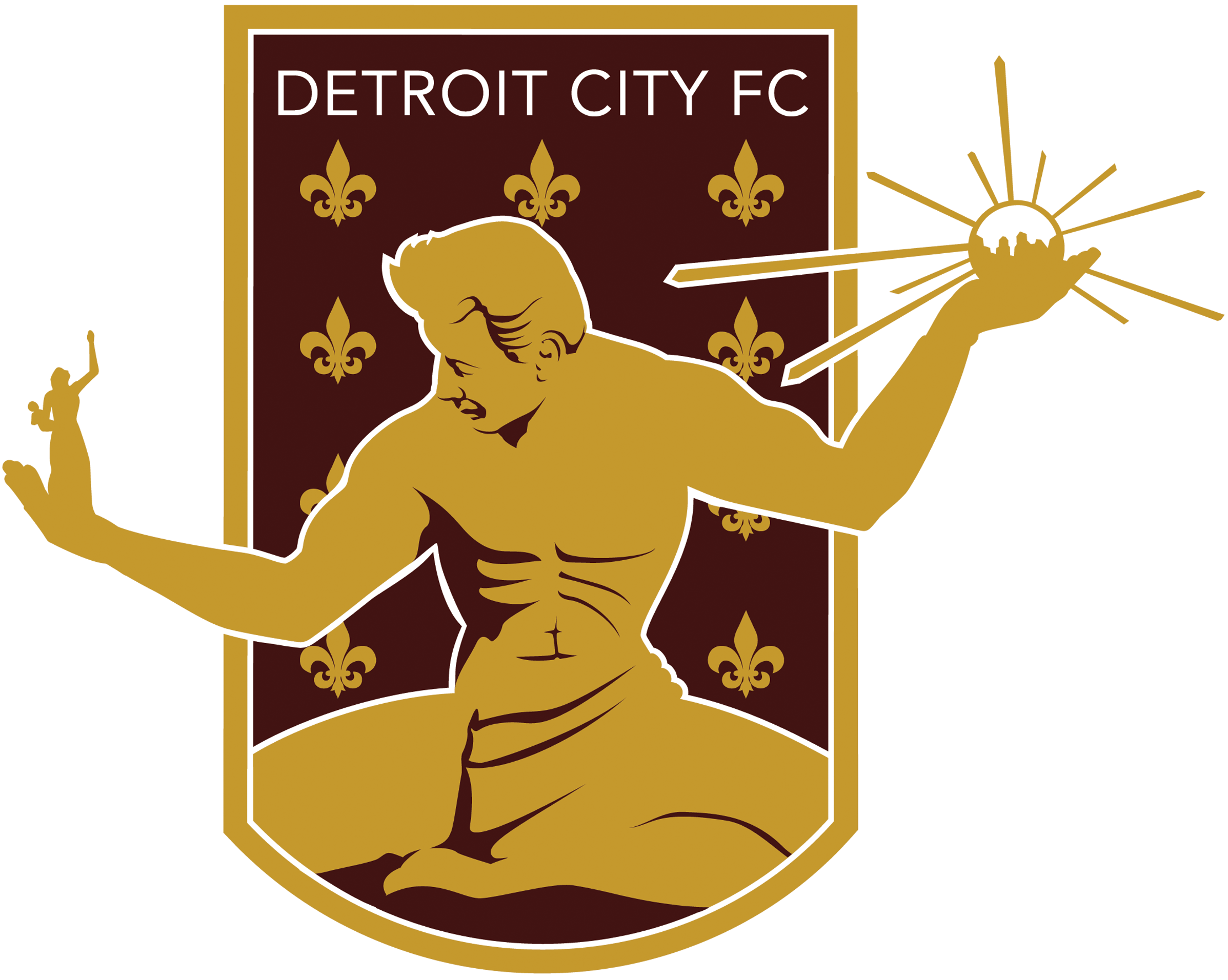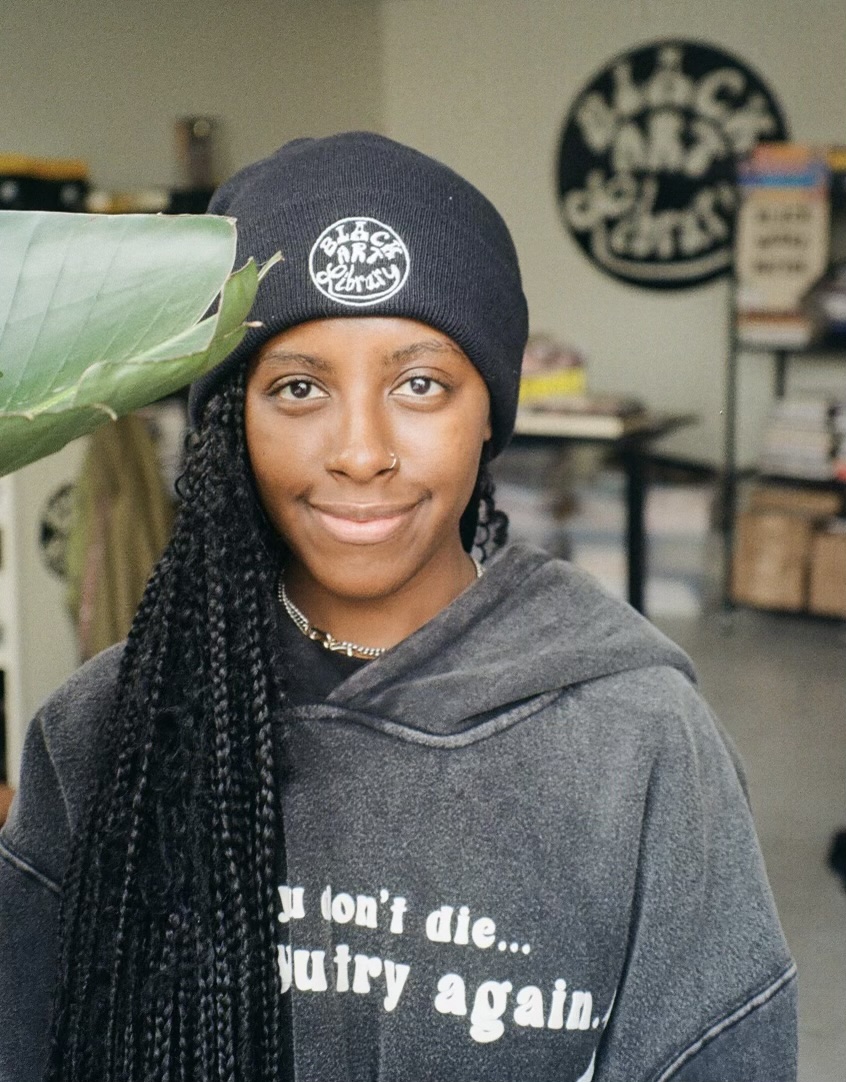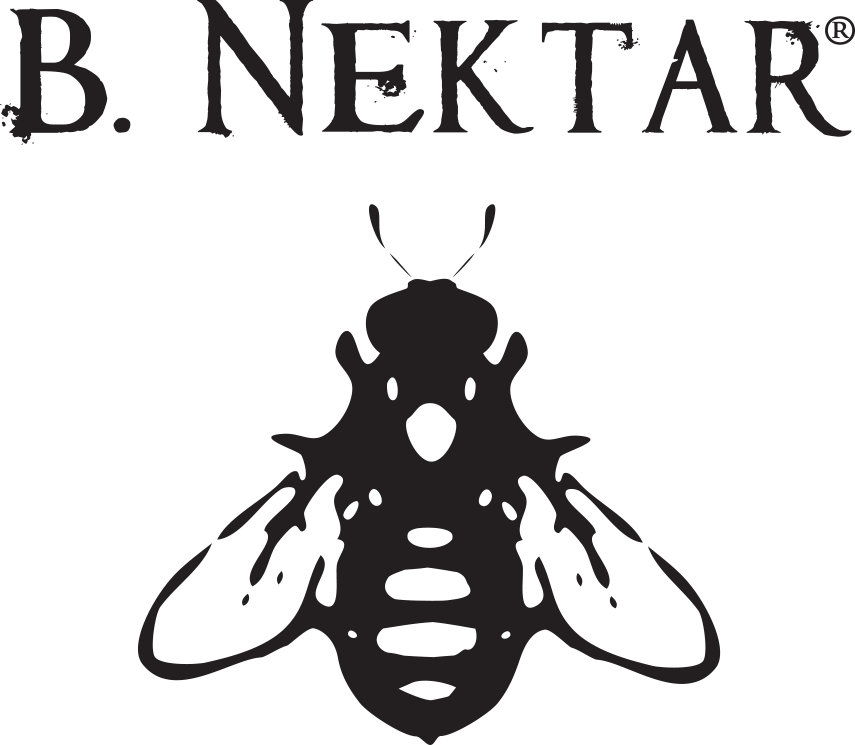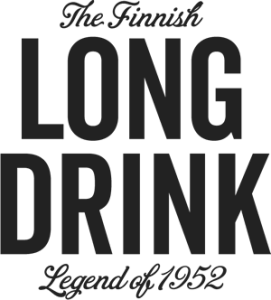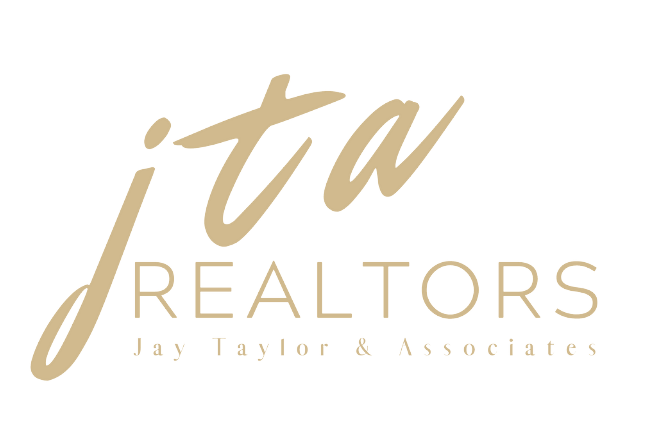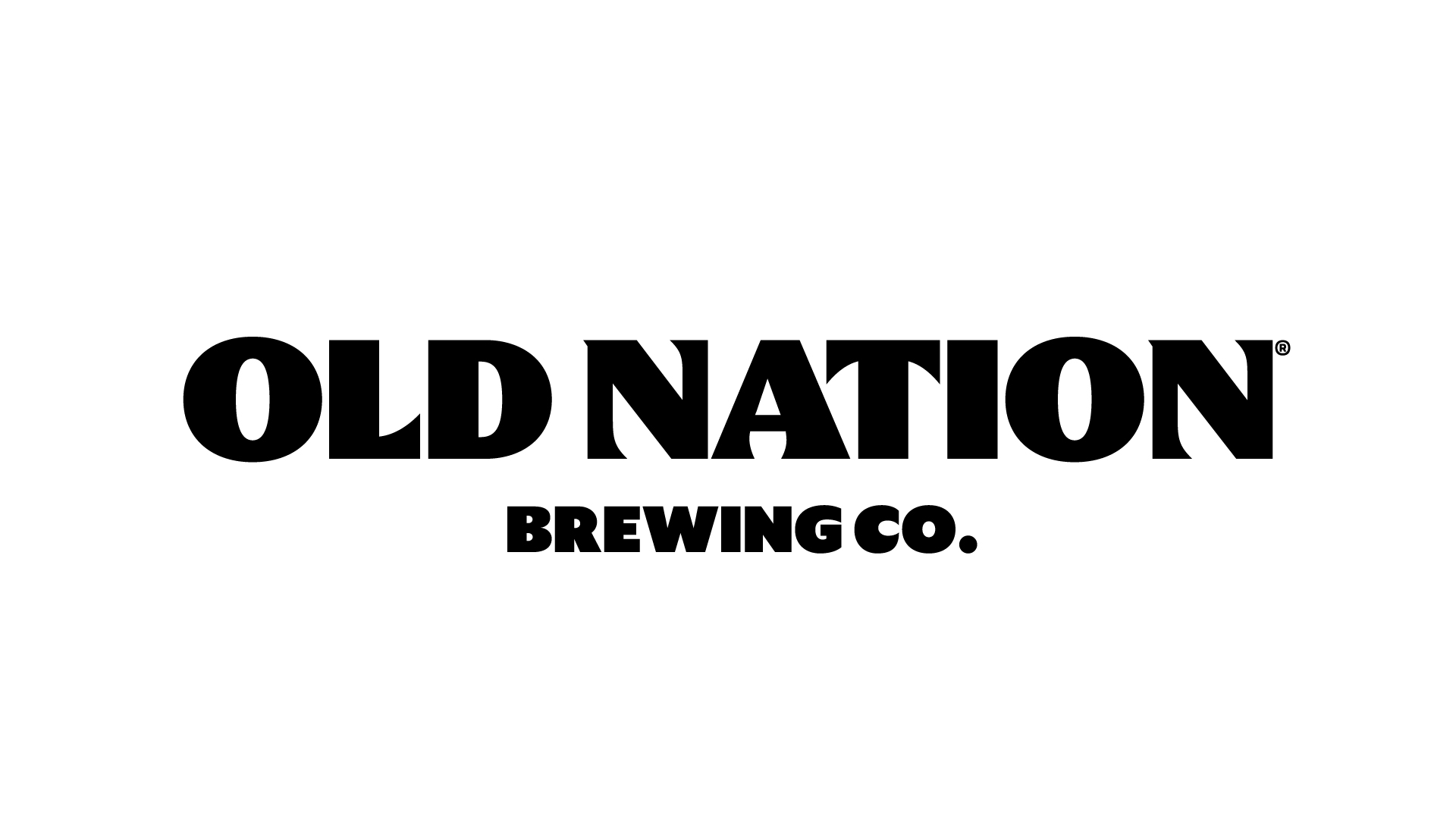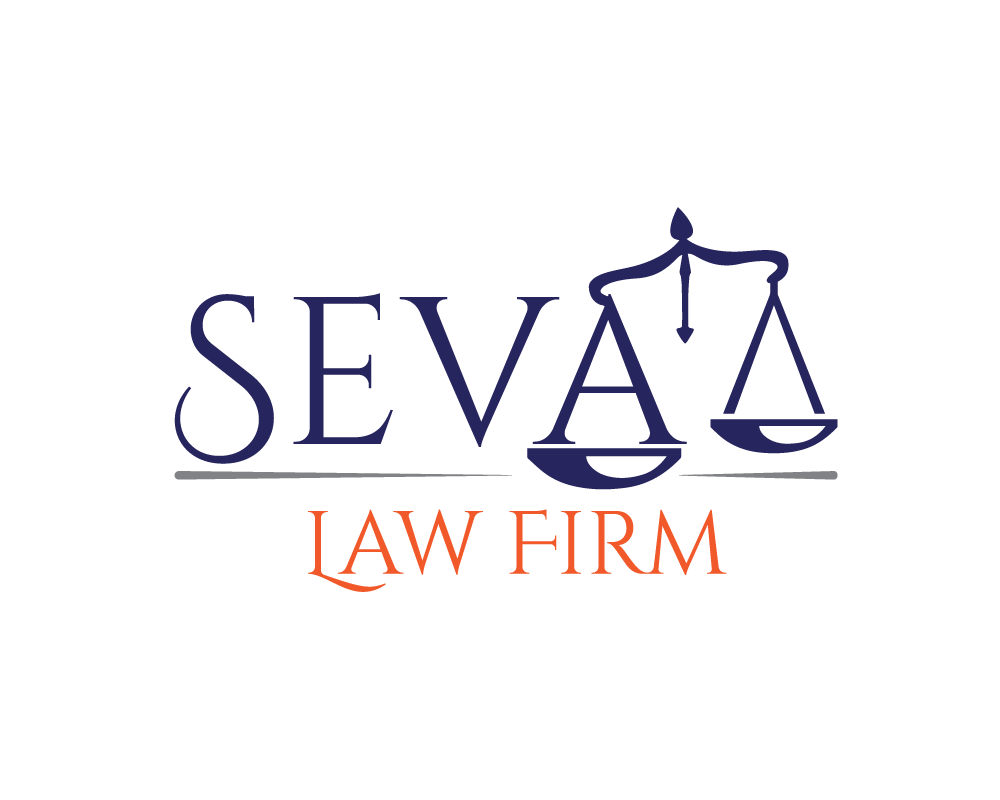The experiences of Black people in America have been fundamental to shaping the nation as we know it today. Yet, what happens when these narratives—our moments of joy, our stories of struggle, and the legacies we carry—are erased or buried beneath systems of whiteness? Intellectualized forms of racism, such as book banning and an education system designed to reinforce racial inequality, have profoundly shaped the socio-political consciousness of African Americans, often distancing us from knowledge and ownership of our own histories. If we cannot rely on the system to grant us access to the truth, then we must take it upon ourselves to create and preserve it. This is precisely what Asmaa Walton has done with the Black Art Library—a collection of Black arts literature and objects that serves not only as a space for community but also as a powerful form of alternative education, rooted in resistance and self-determination.
Like many who grew up in Motown, Asmaa felt the pull to leave home in search of something bigger. She pursued a lifelong dream by enrolling in culinary school in Chicago, but distance soon gave way to homesickness and a desire to be closer to family. This longing led her to Michigan State University, where she shifted her focus to arts education. It was there that she discovered her passion for art, literature, and community, as her studies revealed the stark inequalities within the education system—where access to arts education, seen as standard for some, remains a privilege for others. This realization inspired Asmaa to find ways to uplift and invest in inner-city youth as she progressed through her education and professional career.
“I fell in love with arts education but wanted to take a more community-centered approach. Most Detroit Public Schools don’t have full-time art teachers, and I wanted to impact kids with backgrounds like mine. Instead of a traditional teaching certification, I earned my master’s in art politics from NYU, which led to fellowships at the Toledo Museum of Art and the St. Louis Art Museum. When the pandemic hit, I started the Black Art Library as a side project, and with more time at home, it quickly grew into something much bigger.”
Something Asmaa and I had in common was our time away from home. When I told her I first came across the Black Art Library while living in Chicago, she immediately mentioned that she had lived there briefly as well. Despite being only five years apart in age, we both grew up in a city that often felt forgotten—left behind and desolate. I had recently attended a panel discussion at the Charles H. Wright Museum, where speakers explored why so many Detroiters who strive for success feel they must leave. I posed the same question to Asmaa.
“I don’t know if I necessarily felt like I had to leave,” she reflected. “But I got the opportunity to leave, and I’m super grateful for that time away because it gave me a deeper appreciation for home. There’s really great work you can do elsewhere, but nothing feels like home. Detroit always feels like home—especially because Detroit is a predominantly Black city.”
Detroit is currently the third Blackest city in America. Between 1980 and 2000, three-quarters of its population was Black. While the city has long suffered from population decline—driven in part by white flight in the mid-20th century—last year marked the first population increase in decades. However, this growth comes with a caveat: between 2000 and 2020, no other American city lost more Black residents than Detroit.
Blackness and Detroit are synonymous, and this history shapes the community that has always called the city home. It is a history of both triumph and struggle—experiences that continue to define Black life in Detroit. While many have left in search of something greater, there is no place like home—a sentiment central to Asmaa Walton’s vision for the Black Art Library. Through this project, she deepens her connection to the rich legacy of Black Detroiters by preserving the stories that speak to what our experiences were and still are, despite the changes beyond our control. By engaging with the work she curates, perhaps more people will find their way back home.
“I feel like when I first left Detroit, I didn’t really know what my path was, what my career path would end up being—but being able to just see how much history Detroit has made me feel really proud and made me want to learn more about my city. So as I pivoted to the arts and started the Black Art Library, I made it a point to learn about all the Black artists from Detroit that we don’t really know about—artists with a strong legacy in the city, but whose contributions have been buried or overlooked. Through the Black Art Library, I’ve been able to learn so much more about Black artists, movements in Detroit, and the people who had a deep will to create and make art here. There’s a long legacy of that. I think Detroit is an artistic city. Everybody in Detroit is an artist in some way—whether they dance, make music, write poetry—there’s so much creativity, especially among Black artists. It’s so important to continue that legacy so more people can see it, too.”
Scrolling through the Black Art Library’s Instagram, you’re met with the outstretched arms of Asmaa, cradling titles like My Black Death by Arthur Jafa, The Complete Annotated Resource Guide to Black American Art, Shaniqwa Jarvis’ self-titled photobook, and The Uhmericans by Marcus Brutus. Among the books, you’ll even find objects like the 1994 doll version of Cassie from Faith Ringgold’s Tar Beach—each piece a testament to the rich and layered history of Black artistry. What began as a Black History Month side project soon blossomed into meaningful, real-world experiences, with Asmaa sharing her collection through community reading rooms, an exhibition at MOCAD, after-school programs, print media projects at Periodicals, and more.
These initiatives invite Detroiters to engage with the rich legacy of Black art, deepening their appreciation for the creativity woven into the city’s fabric. At the same time, they offer an alternative form of education—one that challenges the belief that Black art and artists are any less deserving of acclaim, respect, or preservation. When asked about the role of radical or alternative education, Asmaa reflected on how what is deemed essential for one group is often labeled as radical for another.
“If somebody thinks it’s radical, that’s amazing, but I just want to be able to continue the work. Maybe being seen as radical could have some backlash—it could affect the organization in different ways. But I think the people who support the work I’m doing, they might see it as something radical, and they’re happy about that. It doesn’t inherently have to be negative. Sometimes really great things are just called radical by someone else.”
This conversation led us to reflect on other alternative forms of education that the Black Art Library is rooted in—like the People’s Free Food Program, a community service initiative led by the Black Panther Party. Despite its primary mission of feeding young Black children, the program was targeted by COINTELPRO, which sought to disrupt and dismantle Black-led initiatives through raids and acts of terror. This history makes it clear: to be Black in America is, by its very existence, a radical act. It led me to ask Asmaa about the role the Black community plays in understanding radicality and the power that comes with it.
“I think it can be as simple as knowing your history,” she said. And when I asked about the role we play in educating others, she added, “I used to feel like it wasn’t my responsibility to educate an ignorant white person on some form of Black history they didn’t know about. But I think that’s both true and not true. It’s not my responsibility, but I feel like it’s something you should want to do. It depends on the person, but I feel like the role I have now—I’m educating people on Black art. That’s the hat I wear. It’s not my job, it’s not my responsibility, but it’s something I want to do to help advance Black people even more in the future.”
As Black History Month comes to a close—a month that also saw the rollback of DEI initiatives across the federal government and major corporations—we are reminded of the urgent need to preserve our histories and ensure that there is space carved out for us to exist. While this work must begin within our own communities, we must also remain open to engaging with the broader world.
A few weeks ago, I participated in an anti-racism training led by Soccer Without Borders, where Detroit City FC staff, team managers, and coaches were challenged to have difficult conversations about race and confront their own biases. It was a powerful experience—witnessing a room full of white people genuinely striving to unlearn, to listen, and to understand perspectives beyond their own. I reflected on my role in that space. It would have been easy to feel defensive, to assume that these individuals—perhaps grappling with white saviorism—were simply looking for a way to “fix” racism. But that would have been unfair—not just to them, or to myself, but to the young Black boys and girls who play on their teams, who are their children’s teammates, who will one day compete against them. In that moment, my role was to share my knowledge and lived experience—not as an obligation, but as an opportunity. If even a few of my words could shift the way they understood these issues and how they approached them in the future, then the conversation was worth having. The experience reminded me of Asmaa’s perspective on unlearning—that it is not a destination, but a lifelong journey.
“Unlearning, it just means kind of taking a different route to learn information. So I think unlearning is a really long process, and I think it really depends on how old you are, how many years of unlearning you have to do. I think unlearning is something that’s always going on. You have to actively do it. It’s not something that’s going to just happen on its own. That’s not really how it works. You actually have to actively unlearn. You have to seek out new information and new channels of information. But I think unlearning is something that takes a long time to do. You could be unlearning your whole lifetime.”
We closed our conversation by discussing Asmaa’s goals for the Black Art Library and the legacy she hopes to leave in Detroit.
“My vision has always been to have a permanent space in Detroit—not outside the city, not 20 minutes away, but in the neighborhoods, in the heart of the community… Black organizations must stay strong, or history will repeat itself—they’ll be erased, they’ll be lost. Black Art Library is a Detroit project, and I want it to be something historic.”
Interview with Asmaa Walton
Written by Maxwell Murray






















































































































































































































































































